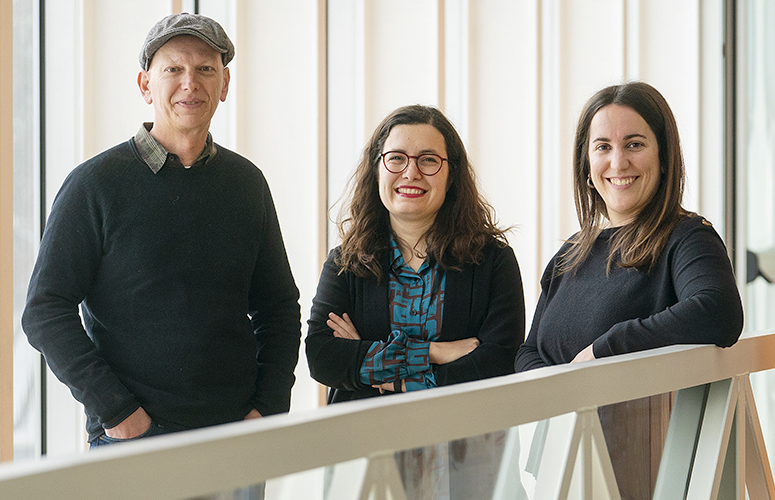Multidisciplinary team from the University of the Basque Country suggests that delving deeper into the barely studied phenomenon of camouflaging can improve autism research.
A study by the UPV/EHU’s Lindy Lab-Language in Neurodiversity research group offers a more integrative view of camouflaging across the whole autism spectrum, and draws attention to the importance of understanding this phenomenon better and improving current measurement methods in order to propose priorities for future research.
In recent years there has been a lot of talk about camouflaging in autism. However, research into camouflaging is still relatively very recent, its nature has been barely studied and there are a lot of open questions. This work therefore aims to present an integrative view of camouflaging. It can be characterised as the set of strategies adopted by the autistic population to fit into the social world. “Our aim is to understand this phenomenon better and to analyse in depth how camouflaging develops, so that some suggestions can be put forward on how to step up research into it,” said Valentina Petrolini, researcher in the UPV/EHU's Lindy Lab group and one of the authors of the study.
People normally camouflage themselves with two aims in mind: to hide their diagnosis and to fit in socially. “We would say that people camouflage themselves when they rehearse conversations they are going to have, when they imitate other people's gestures and expressions and, in general, when they make an effort to hide their autistic traits,” explained Valentina Petrolini. “Many studies link the attempt by these individuals to pass themselves off as who they are not with high levels of anxiety and long-term mental problems,” added the UPV/EHU researcher.
Read the full article.

